Marine Betta Fish Care: Feeding, Tank Mates, and More

The Marine Betta Calloplesiops altivelis is a captivating aquarium fish. At first glance you might think one too delicate to bother with. But even wild caught Marine Bettas are very hardy fish. They adjust well to captivity and so long as you can meet their dietary needs they will live for years. So what are the secrets of Marine Betta fish care?
Marine Betta Fish Care Guide
| Characteristic | Detail |
|---|---|
| Common Names | Marine Betta Fish, Marine Comet |
| Aquarium Size | 55+ Gallons |
| Scientific Name | Calloplesiops altivelis |
| Temperament | Peaceful fish; Predatory |
| Origin | IndoPacific Ocean |
| Lifespan | 10 years |
| Length | 7-8 inches |
| Ease of Care | Easy |

Marine Betta Overview
Marine Bettas are medium sized predators that lurk in coral crevices. These animals hunt at night, looking for shrimp, small fish species, and other naturalf oods. Their tendency to prefer only live food makes weaning them onto prepared foods difficult. But such beautiful fish are more than worth the effort.
They tend to be found in the Indo-Pacific Ocean, or in the Red Sea near east Africa. So far this is the only species Aquariums for Beginners has covered from this location!
Typical Marine Betta Behavior
Unlike many predatory reef tank inhabitants the Marine Beta is somewhat shy. These fish are nocturnal so prefer spending the day hidden from view. But if you only feed during the day a Marine Betta will learn to eat then.
They are predatory saltwater fish but not an aggressive species. So long as they can’t eat their tank mates Marine Bettas will ignore them. Being reclusive fish you should also ensure that their tank mates won’t try and invade their favorite cave, which can result in an aggressive response.
Marine Betta Appearance
One look and it’s easy to see how they get both of their common names. Marine bettas are stunningly beautiful fish. Their midnight black background is speckled with bright blue and white spangles.
A single large eye spot sits on the rear of the dorsal fin. This eye spot draws attention away from the head in case a larger predator attacks. The long, flowing fins might remind you of a freshwater Siamese Fighting Fish (Betta splendens) or a moray eel. But Marine Bettas are completely unrelated to them.
Marine Betta Lifespan
These marine fish have an average lifespan. You can expect a well cared for specimen to live for around 10 years in captivity.
How Big Do Marine Bettas Grow?
Marine Bettas are medium sized compared to most community tank residents. 7 to 8 inches is normal for them.
Male vs Female Marine Betta Fish
Sexing Marine Betta fish is not as easy as other fish species. They have almost identical colors, for one. But an adult male will always be larger than a female of the same age. He will also have a longer anal fin.
If your Marine Bettas are willing to breed, you can also examine their gonopodiums (sexual organs). The male’s is a bit longer and pointed compared to a female’s.
Compatible Marine Betta Fish Tank Mates
Marine Bettas can be kept with any similar sized fish. They are not aggressive fish. But they are cave dwelling fish. Your betta may become territorial towards other fish if they try and invade their chosen hiding place.
Aggressive tank mates should be avoided since Marine Betta fish are shy and retiring. The best tank mates are larger Chromis Damselfish, Tangs, and Angelfish. Small fish like Clownfish, Gobies, or Cardinalfish are all in danger since Marine Betta fish eat small fish.
Other medium sized predators like Lionfish, Harlequin Tuskfish, and Hawkfish are also good tank mates. These fish all enjoy live foods, making feeding a lot less complicated.
Invertebrates can work so long as they are large enough to not be a meal. Marine Bettas are safe for a reef aquarium. They don’t graze on coral, sponges, christmas tree worms, and other sessile inhabitants.
But they will eat small ornamental shrimp and other animals. So think carefully before adding these gorgeous fish to your setup.
Marine Betta Water Conditions
Marine Betta Water Temperature
As tropical fish, Marine Bettas need a water temperature that’s warmer than the ambient heat of most rooms. A heater will provide the ideal range of 73-82℉ for them.
Marine Betta Water Chemistry
Water chemistry is just as important as water temperature for these fish. Fortunately, Marine Betta care is no more complicated than that of other saltwater fish.
The salinity should fall between the full reef tank range of 1.020-1.025. Use a hydrometer when performing water changes to ensure the salinity stays in the right zone.
The pH should be alkaline (8.0-8.4). Using a crushed coral (aragonite) substrate will help buffer the water towards alkalinity.
Setting Up a Tank for Marine Bettas
While we all want to see our pet fish, remember that Marine Bettas are secretive, nocturnal predators. Caves and crevices built into the aquascape will give these fish a place to relax when it’s not time to eat. They can also avoid more aggressive tank mates this way.
Bright aquarium lights are not needed. In fact, too much light and too few hiding places in a saltwater aquarium will stress out these fish.
Marine Betta Tank Size
As medium sized fish, the minimum tank size for a single Marine Betta is 55 gallons. 75 gallons is even more comfortable for them. You can keep Marine Bettas together but you’ll need at least 125 gallons of space for a single male and a few females.
What Do Marine Betta Fish Eat?
Feeding Marine Bettas is the only real challenge to keeping these fish happy. As ambush predators they respond powerfully to moving prey. Weaning them onto prepared foods is very difficult, especially for wild caught fish.
I recommend starting out with live food. Tubifex worms, ghost shrimp, and feeder fish will all be accepted with gusto. You can slowly wean your Betta onto pieces of dead food offered on feeding tongs. By wiggling the food around the Betta should offer a feeding response. These fish are mostly reef safe, so as long as you provide them with plenty of meaty foods they shouldn’t touch your hermit crabs.
Mysis shrimp, frozen food, and pieces of shrimp or fresh fish are good offerings. Eventually the Marine Betta will grow used to dead food and you can stop wiggling it and drop it right into the tank.
 How to Breed Marine Bettas
How to Breed Marine Bettas
How Can I Get Marine Betttas to Spawn?
Marine Betta fish are one of the few saltwater aquarium species that readily breed in captivity. The main reason why is that the adult marine betta fish aren’t too aggressive towards one another and can be kept together.
As long as you follow the tips for telling the sexes apart above you are likely to get a compatible pair. Once the female swells with eggs spawning is imminent. Your tank will need plenty of hiding places.
The female will lay 300 to 500 eggs in a mass and attach them to the wall of the chosen hiding spot. She will fan the nest, oxygenating the eggs until they hatch. Meanwhile, the male will patrol the mouth of the cave, defending them from predators.
You will see your first Marine Betta fry about a week after the eggs are laid. The young fish are relatively large for fish fry. After 24-48 hours they will begin eating live brine shrimp nauplii and copepods.
Frequently Asked Questions
Are Marine Betta reef safe?
Marine Betta fish are reef safe in that they won’t bother corals, sponges, sea anemones, and other non-moving organisms. While they won’t eat your reef setup they are a danger to ornamental shrimp and smaller fish, however.
What Do Marine Bettas Prefer to Eat?
These fish are predators that herd their prey against the reef structure, cutting off all escapes. Live food like ghost shrimp, guppies, and other moving items are strongly preferred. If you can wean them onto dead food, offer your Marine Betta plenty of variety. Chopped seafood and frozen foods like brine shrimp or minced shrimp are best for them.
What Should Be Included in a Salt Water Betta Fish Care Sheet?
A comprehensive care sheet for salt water betta fish should cover aspects like tank setup, water parameters, compatible tank mates, and feeding requirements. It’s important to emphasize maintaining stable water conditions and providing a varied diet. The care sheet should also offer guidance on disease prevention and tips for long-term health.
Can I Use Tap Water in My Betta Fish’s Tank?
Tap water can be used in a betta fish’s tank, but it must be treated to remove chlorine, chloramines, and other harmful chemicals. It’s crucial to match the water’s temperature and pH to the needs of your salt water betta to avoid stress and health issues. Regular water changes and testing are essential for maintaining water quality.
What is the Ideal Diet for Baby Betta Fish in a Saltwater Setup?
Baby betta fish in a saltwater setup thrive on a diet that mimics their natural feeding habits. Small, easily digestible foods like brine shrimp nauplii, micro-worms, and specially formulated betta fry foods are ideal. As they grow, gradually introduce them to larger foods, ensuring a balanced diet for optimal growth and health.
Are Marine Bettas Hardy Fish?
The Sea Betta is a very hardy and disease resistant fish. Even wild caught fish adapt well to captivity and will live for up to 10 years. So long as you know the basics of maintaining a saltwater tank the Marine Betta is a fantastic fish for most setups!
Where to find a Marine Beta?
While not common to large retail stores, your local fish store likely will have these unique fish that resembler the freshwater siamese fighting fish.
No comments

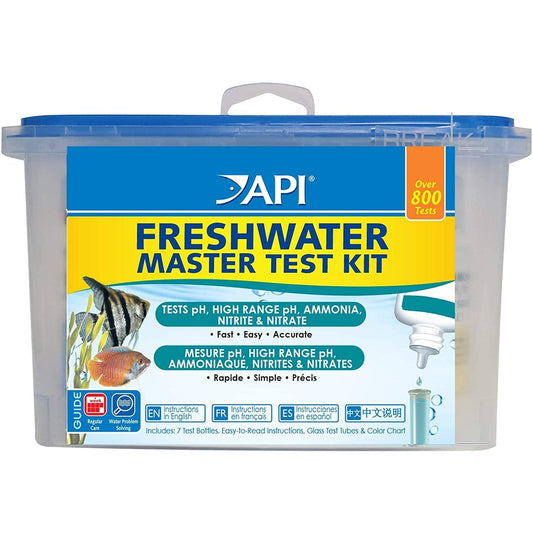
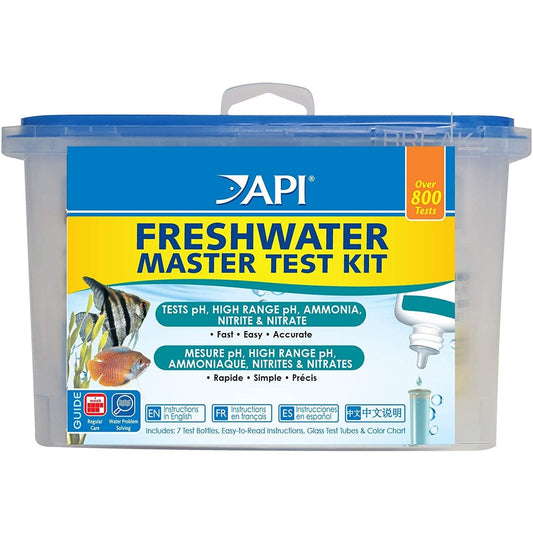
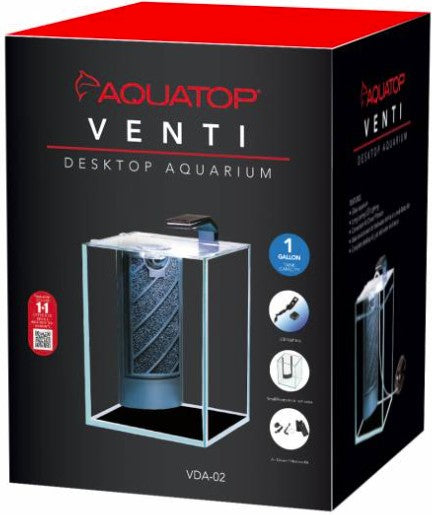



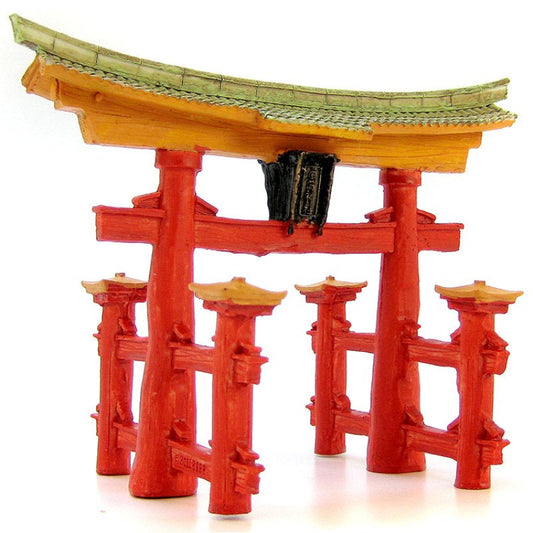

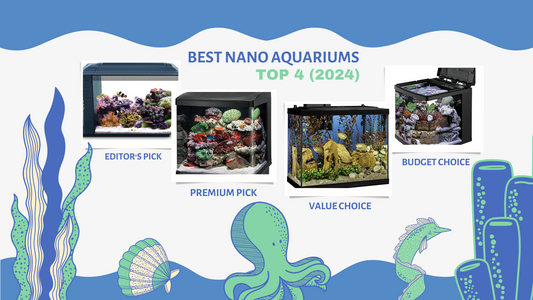
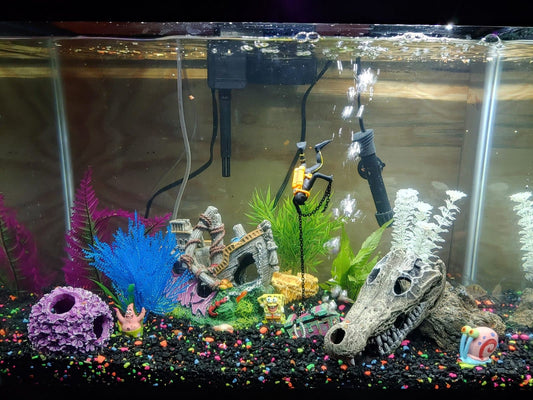


comments